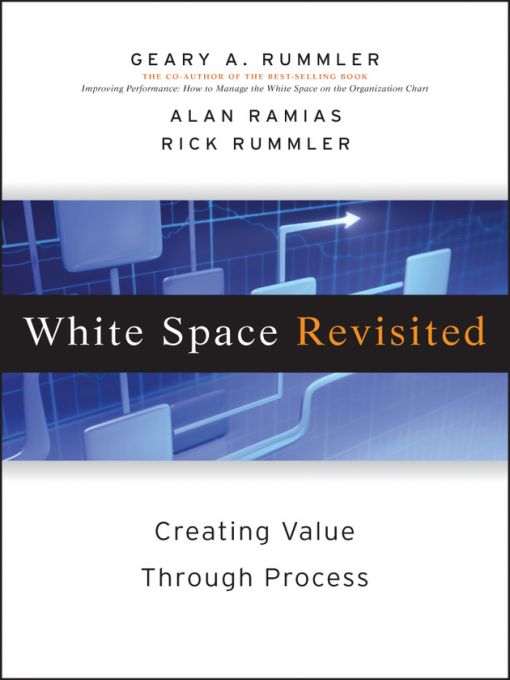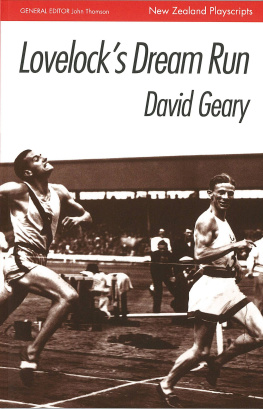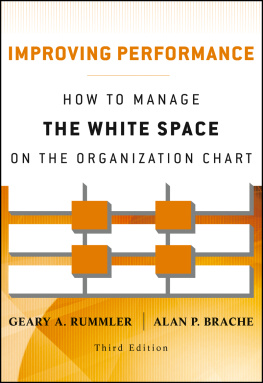Table of Contents
Table of Figures
List of Tables
GEARY
Once again, for the girl from Ann Street.
Without you, none of this would have happened.
ALAN AND RICK
To Geary Rummler, exceptional leader,
patient mentor, tireless innovator,
wise and generous friend and father.
FOREWORD
BY PAUL HARMON
Businesses have likely been trying to improve processes for as long as there have been businesses. One imagines that ancient Egyptian pottery shop owners worried about how to make production of pots faster, better, and cheaper. Systematic efforts at business process improvement are usually thought to have begun when Fredrick Winslow Taylor published his best-selling book, The Principles of Scientific Management, in 1911, just about the same time that Henry Ford was revolutionizing manufacturing with his ideas about a continuous production line.
Throughout the early half of the twentieth century, industrial engineers carried the torch for process improvement and often met at annual Work Simplification conferences. In the years following the Second World War, process work came into its own. Factories in Asia and Europe had been destroyed in the war and needed to be rebuilt from scratch, and everyone wanted to be sure that their new factories were as efficient as possible. Quality control engineers like W. Edwards Deming and Joseph Juran played a major role in helping companies design efficient processes. In the late 1980s a group of people at Motorola combined process work with quality control techniques to create Six Sigma, a popular approach to improving the quality and consistency of processes. In 1990, James Womack, Daniel Jones, and Daniel Roos wrote The Machine That Changed the World, which reported on the huge strides that Toyota had made and coined the term lean.
In a similar way, the rapidly evolving field of computing led to massive and widespread changes in the way business processes were organized. Companies had begun to use computers to automate their processes in the 1960s. In the 1980s, with the introduction of the personal computer, automation became available to managers and office workers. In the 1990s, gurus like Michael Hammer, James Champy, and Tom Davenport urged companies to reengineer their processes to take better advantages of the improvements that process-oriented computer systems could offer.
In addition to the gurus in the quality control and automation traditions, there have always been process advocates among business management theorists. Michael Porter, for example, is known for his work on strategy and value chains, and James Heskett has led a reevaluation of how organizations relate to employees and customers. The leading guru in the management tradition, however, was Geary Rummler.
Dr. Rummler began his career in Michigan in the 1960s. He earned his MBA and his doctorate at the University of Michigan and proceeded, over the course of the remaining decades of the twentieth century, to elaborate an integrated methodology for improving processes in organizations.
In reality, Geary Rummler never focused on processes as such. Instead, he focused on corporate performance and on how companies could be organized and managed to produce superior performance. When I think of Rummlers impact, I usually think first of his performance matrix, which is pictured in . More than anything else, the matrix suggests the scope of Geary Rummlers vision. He imagined an organization comprised of three levels: one concerned with the organization as a whole, one concerned with the specific processes the organization used to accomplish work, and one focused on the concrete activities that people and systems performed. He assumed that at each level organizations would define goals and measures, create designs for achieving their goals and measures, and establish management practices that would assure that the designs achieved the desired goals and measures. Thus, although process was extremely important to Rummler, it was always just one part of a comprehensive approach to performance improvement, and it was important only because it supported the goals of the organization.
When I first started working with Geary, in the late 1960s, he was already using flowcharts to describe business processes, although he had not yet arrived at the swimlane diagrams that he made ubiquitous when he joined with Alan Brache to publish Improving Performance in 1990. Similarly, in the 1960s, the Activity Level of the Organization Performance Matrix was entirely focused on the employees who performed activities. Thus the Activity Level focused on how goals were defined for employees and how they were trained, managed, and motivated to perform their jobs. In the course of the 1980s and 1990s, like the rest of us, Rummler struggled to understand the role of computers in modern organizations and to incorporate software systems into the Activity Level of the Performance Matrix.
Rummlers Performance Matrix

In the 1980s, Geary Rummler joined with Alan Brache to form Rummler-Brache and undertook a number of consulting engagements that widely influenced how people today think of process change. To provide two examples: it was during the 1980s that Rummler worked at Motorola, revising processes and teaching the process analysis techniques that laid the groundwork for Motorolas subsequent development of Six Sigma, which marries process and quality control techniques. In a similar way, IBM practitioners took courses from Rummler-Brache and then went on to create LOVEM, an IBM business process reengineering methodology that relied on Rummlers diagramming concepts. Today we find those same concepts in the latest flowcharting notation: BPMN. Many would emphasize the swimlanes that provide business people with insights into who is responsible for managing specific activities. In fact, the idea of always placing the customer of the process in the top swimlane and then diagramming every interaction between the customer and the business process is probably the more valuable insight. The latest approaches for improving service industry processes rely on an ability to model a customers activities and then change the service businesss activities to create a better customer experience.
Geary Rummler achieved widespread recognition in the 1990s. Hammer, Champy, and Davenport convinced companies they needed to reengineer but didnt provide much specific guidance about exactly how processes were to be analyzed and redesigned. Many companies, once they decided to commit to reengineering, looked around for a systematic methodology and discovered Improving Performance and the Rummler-Brache training courses. There was an irony here, since Geary Rummler was never a fan of reengineering. He had always advocated a more comprehensive, systematic approach and thought that reengineerings emphasis on radical change would be too hard to implement. In hindsight, Rummler was right, but in the meantime a whole generation of process practitioners learned to approach process change projects using the Rummler-Brache methodology.
















